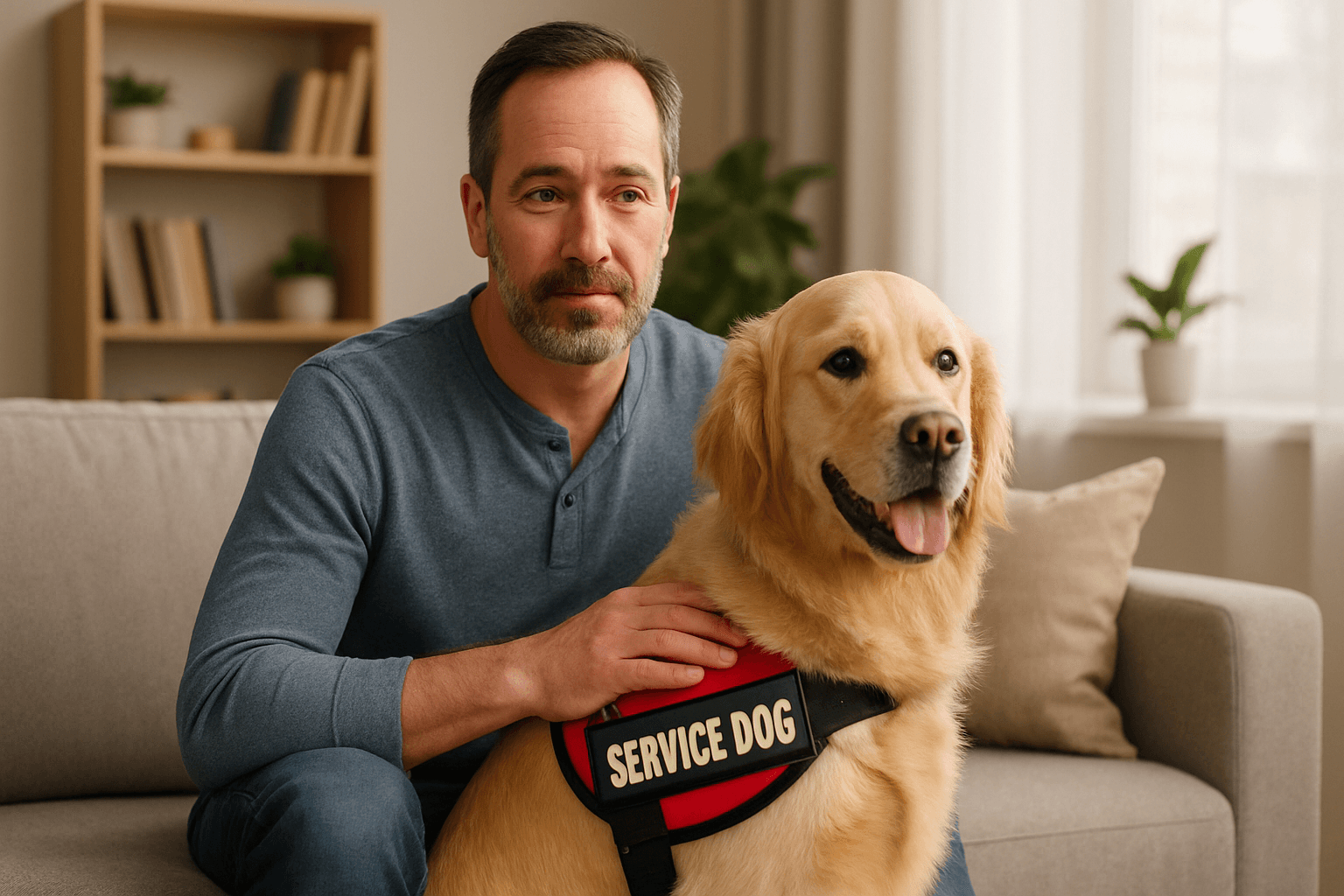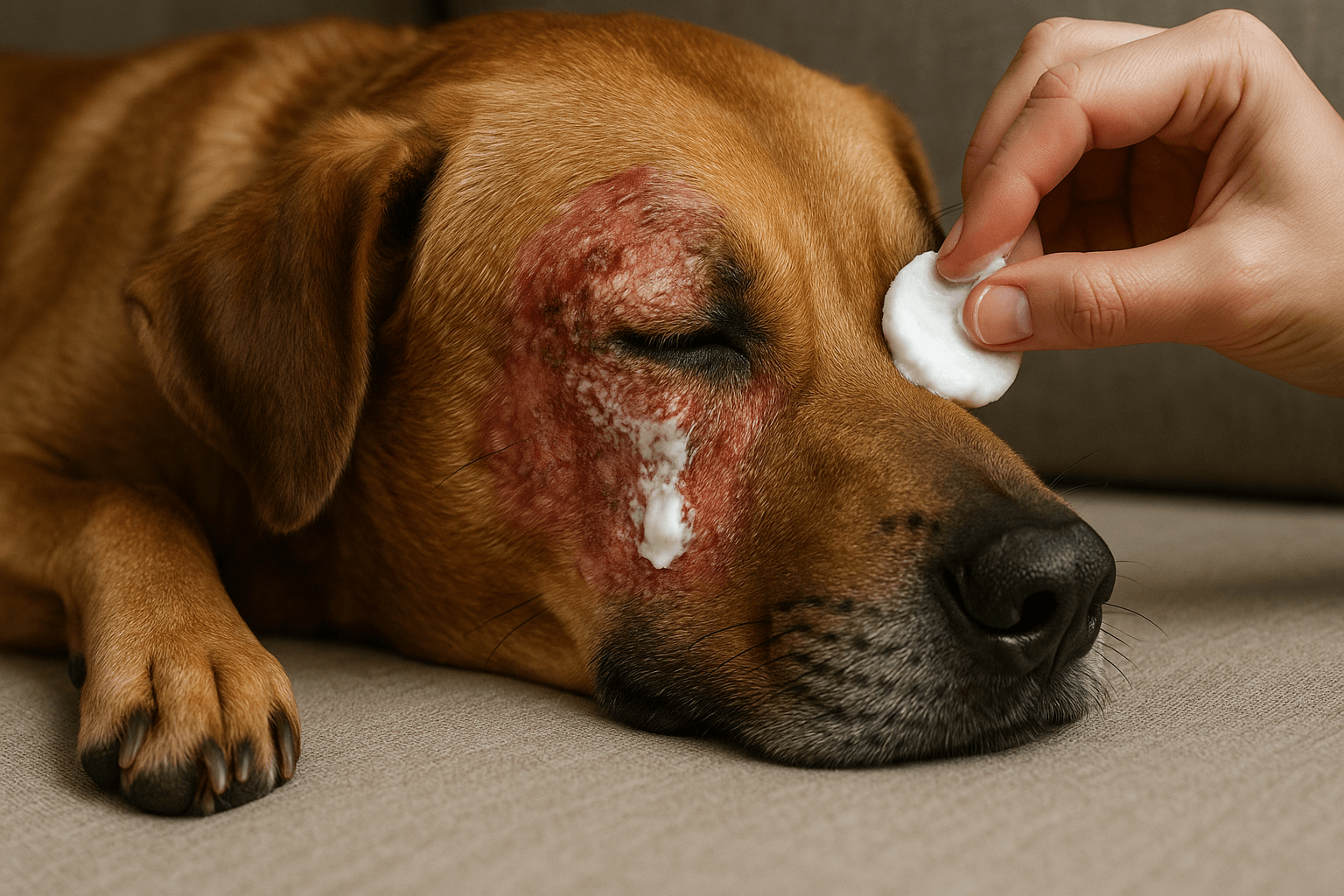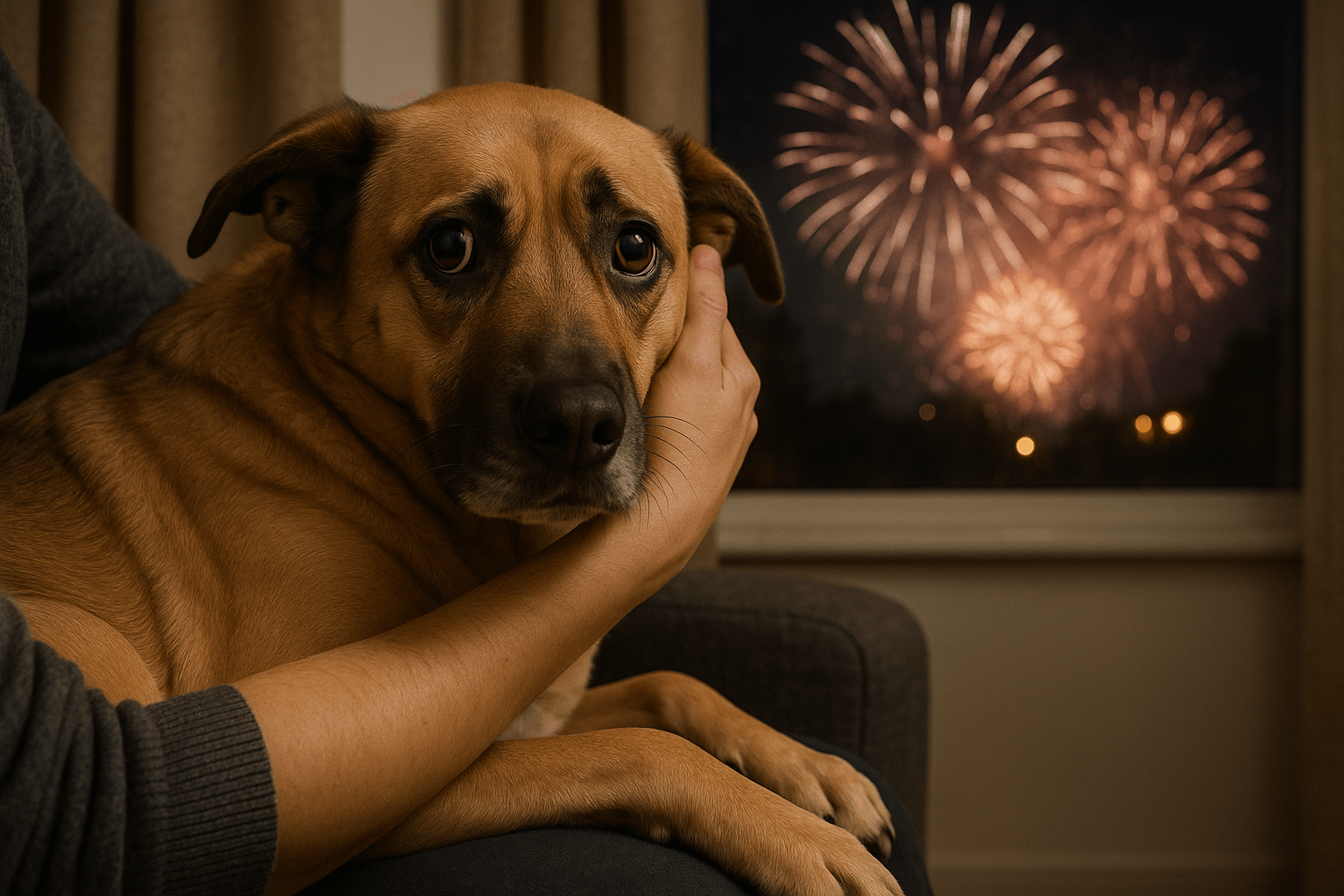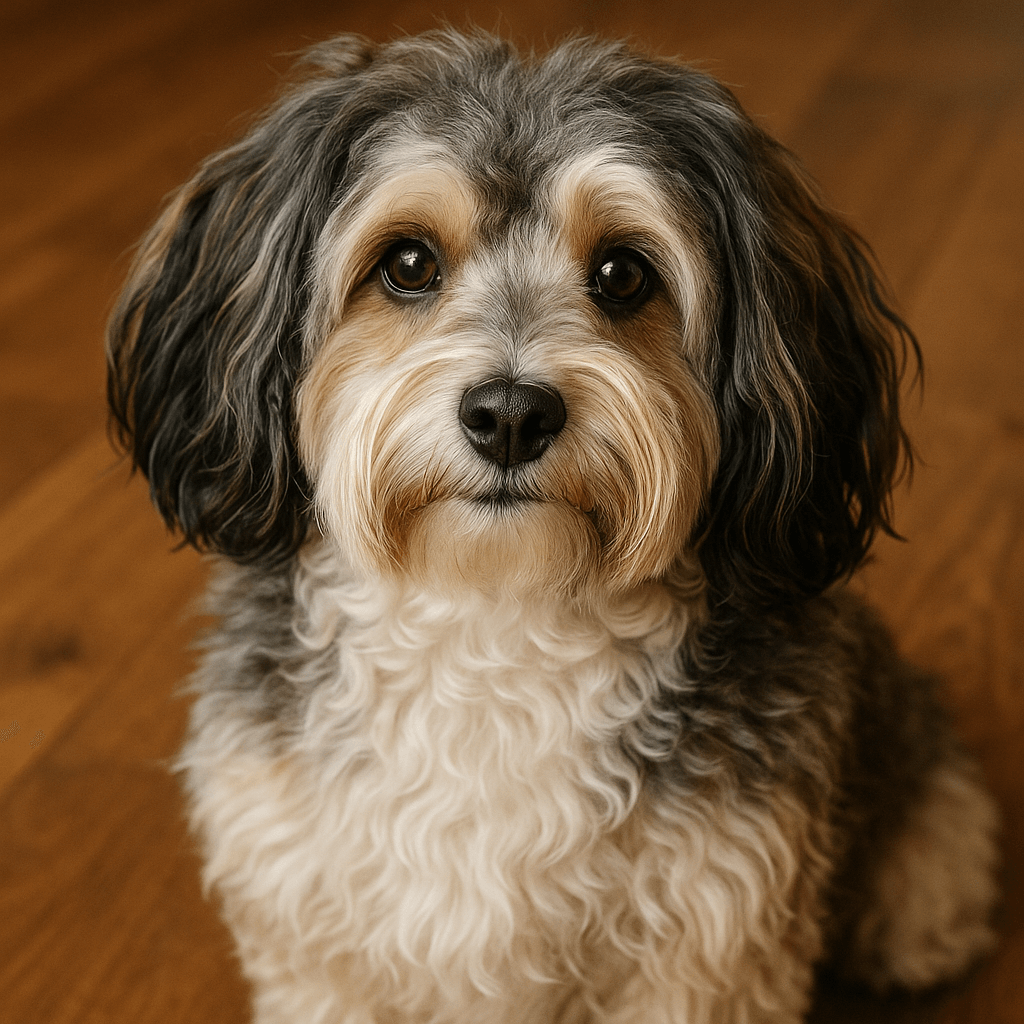Teaching Your Dog to Roll Over: A Fun and Rewarding Trick
Teaching your dog to roll over is not only a fun way to bond but also a great mental exercise that strengthens the connection between you and your furry friend. This trick may seem challenging at first, but with patience, consistency, and positive reinforcement, most dogs can master it in no time. Whether you’re a seasoned trainer or a beginner, this guide will walk you through everything you need to know to teach your dog this impressive trick. From step-by-step instructions to troubleshooting common challenges, let’s dive into how you can make teaching your dog to roll over an enjoyable experience for both of you.
Step-by-Step Guide to Teaching Your Dog to Roll Over
Training your dog to roll over requires breaking the trick into manageable steps. Follow these guidelines to ensure a smooth and successful learning process.
Start with Basic Commands:
Begin by reinforcing foundational commands like “sit” and “down.” These positions set the stage for rolling over.Lure with a Treat:
Hold a treat close to your dog’s nose and slowly move it toward their shoulder. This encourages them to shift onto their side.Guide Them Onto Their Back:
Continue moving the treat in a circular motion over their head, guiding them to roll onto their back.Complete the Roll:
Encourage your dog to follow the treat all the way around until they’re back in the starting position.Reward and Praise:
As soon as your dog completes the roll, offer a treat and plenty of verbal praise to reinforce the behavior.
By practicing these steps consistently, your dog will gradually learn to associate the movement with the command “roll over.”
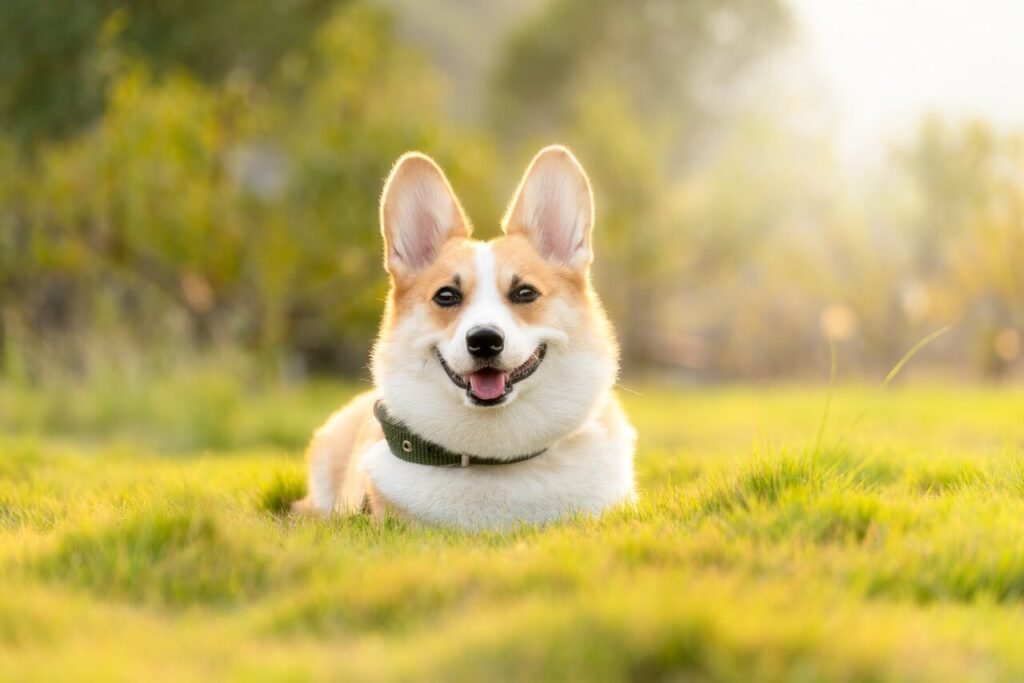
Tips for Successful Training Sessions
To make training sessions productive and enjoyable, consider these practical tips that cater to your dog’s unique personality and needs.
Keep Sessions Short and Fun:
Limit training to 5-10 minutes per session to prevent your dog from becoming bored or frustrated.Use High-Value Treats:
Choose treats that your dog finds irresistible, such as small pieces of chicken or cheese, to maintain their focus.Be Patient and Consistent:
Some dogs may take longer to learn than others. Stay patient and repeat the steps regularly to build confidence.Incorporate Verbal Cues:
Once your dog starts rolling over reliably, introduce the verbal cue “roll over” to associate it with the action.Practice in Different Environments:
Gradually introduce distractions by practicing in various locations to help your dog generalize the trick.
These strategies create a positive learning environment that fosters success and strengthens your bond with your dog.
Check this guide 👉How to Teach Your Dog to Clean Up Toys: Best 7 Tips!
Check this guide 👉How to Teach Your Dog to Bow: Best 7 Tips!
Check this guide 👉How to Teach Your Dog to Swim: Best 7 Expert Tips!
Training Dos | Training Don’ts |
|---|---|
Use high-value treats for motivation | Rush the process; let your dog learn at their pace |
Keep sessions short and engaging | Punish or scold your dog for mistakes |
Practice in a quiet, distraction-free area initially | Skip rewarding even partial successes |
Be consistent with verbal cues | Expect perfection too quickly |
Celebrate small milestones | Overwork your dog during training |
Common Challenges and How to Overcome Them
While teaching your dog to roll over is generally straightforward, some challenges may arise along the way. Here’s how to address them effectively.
Reluctance to Lie Down:
If your dog hesitates to lie down, revisit basic obedience training to reinforce the “down” command before attempting the roll.Stiffness or Discomfort:
Older dogs or those with joint issues may find rolling uncomfortable. Consult your vet to rule out any health concerns.Lack of Focus:
Distracted dogs may struggle to follow the treat. Train in a calm environment and use higher-value rewards to regain their attention.Incomplete Rolls:
If your dog only rolls partway, reward incremental progress and gradually encourage them to complete the full motion.Fear of New Movements:
Some dogs may be hesitant to try unfamiliar actions. Build trust by making the process fun and rewarding every effort.
Addressing these challenges with patience and understanding ensures a positive learning experience for your dog.
Benefits of Teaching Your Dog to Roll Over
Beyond being a crowd-pleasing trick, teaching your dog to roll over offers numerous benefits that contribute to their overall well-being.
Mental Stimulation:
Learning new tricks keeps your dog’s mind sharp and prevents boredom-related behaviors.Physical Exercise:
Rolling engages core muscles, providing a low-impact workout that supports physical fitness.Bonding Opportunities:
Positive reinforcement training strengthens the bond between you and your dog through shared experiences.Improved Obedience:
Mastering complex tricks enhances your dog’s ability to follow commands in other areas of life.Confidence Building:
Successfully completing a trick boosts your dog’s self-assurance and willingness to try new things.
These benefits highlight why teaching your dog to roll over is a worthwhile endeavor for both of you.
Additional Tricks to Teach After Rolling Over
Once your dog has mastered rolling over, why not expand their repertoire? These tricks build on the foundation of rolling over and keep training exciting.
Play Dead:
Similar to rolling over, “play dead” involves lying still on their side—a natural progression from the roll.Spin in a Circle:
Teach your dog to spin clockwise or counterclockwise, adding variety to their movements.High Five:
A simple yet charming trick where your dog raises a paw to greet you.Fetch Specific Items:
Train your dog to retrieve specific objects, enhancing their cognitive abilities.Crawl Forward:
Teach your dog to crawl on their belly, which complements the rolling motion nicely.
Adding new tricks keeps your dog engaged and reinforces their love for learning.
Signs Your Dog Is Ready to Learn Advanced Tricks
Before moving on to advanced tricks, look for signs that your dog is ready for the next challenge. These indicators ensure a smooth transition to more complex skills.
Mastery of Basic Commands:
Your dog should reliably respond to commands like “sit,” “stay,” and “down” before tackling advanced tricks.Eagerness to Participate:
A motivated dog who enjoys training sessions is more likely to succeed with harder tricks.Comfort with Physical Movements:
Ensure your dog feels confident and comfortable performing physical actions like rolling or spinning.Ability to Focus Amid Distractions:
Test your dog’s focus in different environments to confirm they’re ready for increased challenges.Consistent Response to Verbal Cues:
Your dog should respond promptly to verbal commands without needing repeated prompts.
Recognizing these signs sets the stage for successful learning and minimizes frustration.
Creative Ways to Reinforce the Roll Over Trick
Reinforcing the roll over trick creatively ensures your dog retains the skill while keeping training fresh and engaging. Try these innovative approaches to spice up practice sessions.
Incorporate Into Daily Routines:
Ask your dog to roll over before meals or walks to integrate the trick into everyday life.Add a Unique Cue Word:
Use a playful phrase like “taco time” instead of “roll over” to make the trick feel special.Combine with Other Tricks:
Pair rolling over with spins or bows for a mini performance routine.Train in Unusual Locations:
Practice rolling over in parks, yards, or friends’ homes to test adaptability.Film and Share Progress:
Capture your dog’s achievements on video to celebrate milestones and share with loved ones.
These creative methods add excitement to training and solidify your dog’s mastery of the roll over trick.
FAQ
How long does it take to teach a dog to roll over?
The time required varies depending on the dog’s personality and previous training experience. Most dogs can learn within a few weeks of consistent practice.
What if my dog doesn’t seem interested in treats?
Try using a favorite toy or verbal praise as a reward instead. Some dogs respond better to non-food incentives.
Can older dogs learn to roll over?
Absolutely! While younger dogs may pick up tricks faster, older dogs can still learn new behaviors with patience and repetition.
Is it safe for all breeds to roll over?
Yes, but some dogs with physical limitations or health issues may struggle. Consult your veterinarian if you’re unsure.
Should I stop if my dog gets frustrated?
Yes, always prioritize your dog’s well-being. End the session and try again later when they’re more relaxed.
Celebrate the Journey of Teaching Your Dog to Roll Over
Teaching your dog to roll over is more than just a party trick—it’s an opportunity to deepen your connection, stimulate their mind, and celebrate their achievements. With patience, consistency, and plenty of rewards, you’ll watch your dog grow more confident and eager to learn. Remember, the joy lies not just in the final result but in the moments of laughter and teamwork along the way. So grab some treats, put on your trainer hat, and enjoy the delightful process of teaching your dog this classic trick.
Reasons to Get a Service Dog: Best 7 Expert Tips! – Discover life-changing benefits, training insights, and key considerations for prospective handlers.
Dog Skin Infection Home Remedy: Best 7 Expert Tips! – Safe, vet-approved home care for itchy, irritated, or mildly infected dog skin.
Dog Fireworks Anxiety: Best 7 Expert Tips! – Proven ways to calm your dog during loud fireworks and reduce stress safely.
Havanese Dog Characteristics: Best 7 Expert Tips! – Discover expert insights on temperament, grooming, health, and care for this joyful, silky-coated companion.


